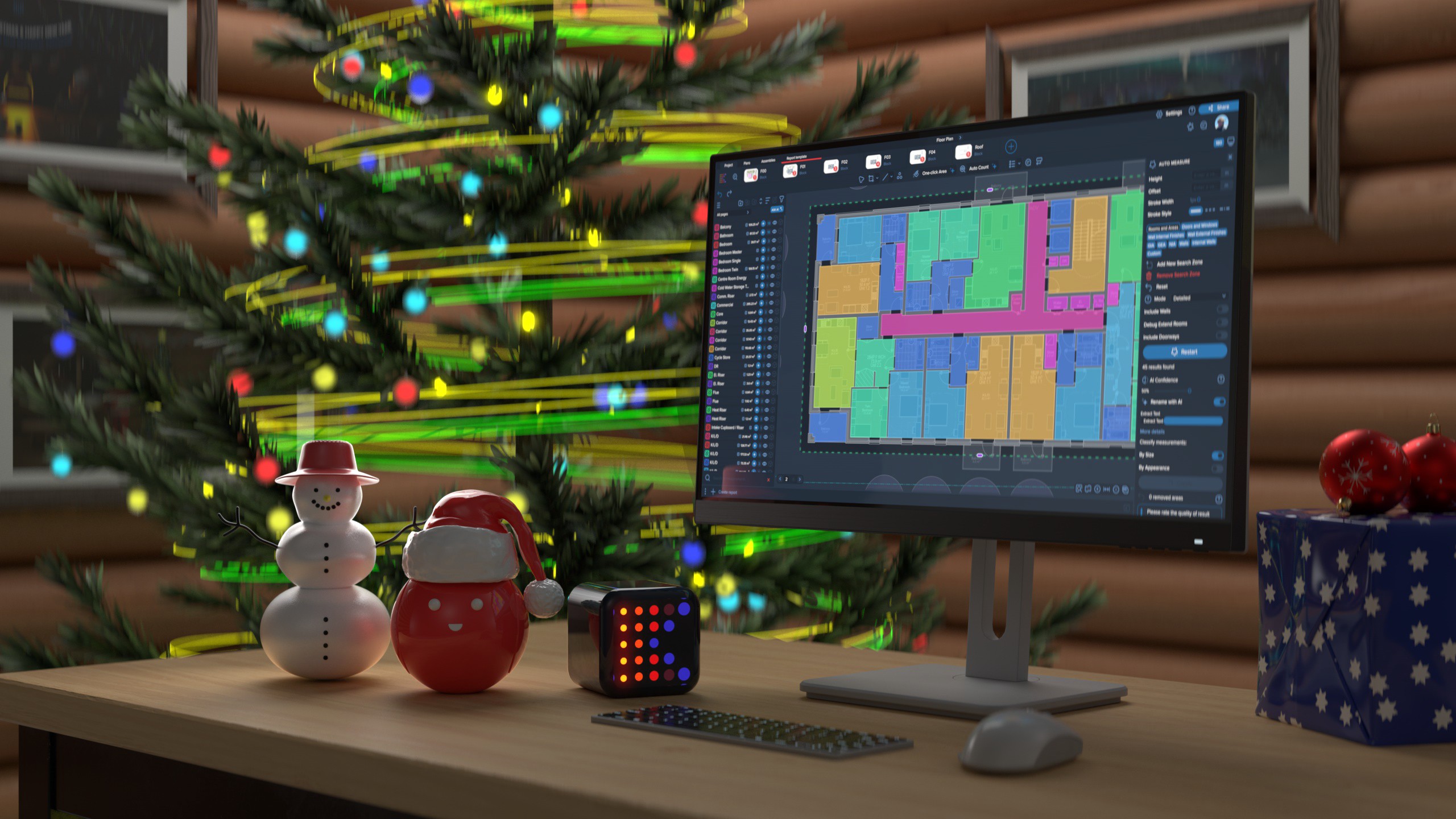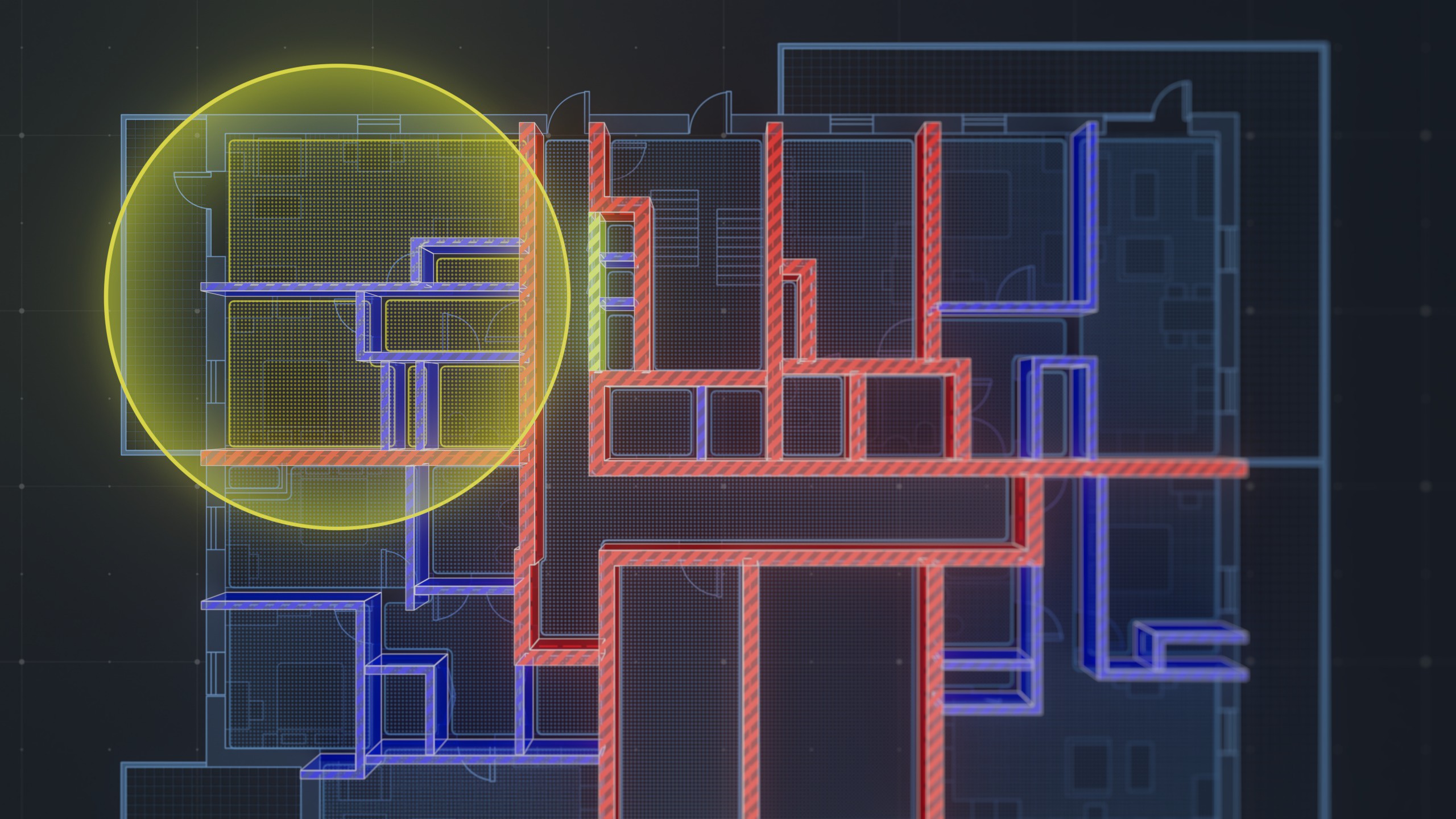What Is BoQ?
BoQ stands for "Bill of Quantities". It is a document that provides a detailed list of materials, labor, and equipment required for a construction project, along with their estimated costs. The BoQ is used as the basis for procurement and pricing, as well as for tracking and monitoring the project's progress and costs.
What Is Bill of Quantities Meaning?
A Bill of Quantities (BoQ) is a detailed list of materials, components, and labor required to complete a construction project. It provides a detailed breakdown of all the items that are required to build a structure, including their description, quantity, unit of measure, and cost estimate. The BoQ is used to estimate the total cost of a construction project and serves as a reference document for both the contractor and the client. It is a crucial document in the construction process as it provides a clear understanding of the costs involved and helps ensure that the project is completed within budget. The BoQ is typically prepared by a quantity surveyor or an estimator and is used throughout the construction project to monitor progress, adjust the budget, and resolve any cost disputes.
Types of BoQ In Construction
In construction, there are several types of Bill of Quantities (BoQ) including:
- Itemized BoQ: This type of BoQ lists all the items required for the project with their respective quantities and unit prices.
- Abstract BoQ: This type of BoQ summarizes the quantities and costs of the various items required for the project.
- Preliminary BoQ: This type of BoQ is prepared early in the project planning phase, and provides a rough estimate of the project costs.
- Final BoQ: This type of BoQ is a detailed and accurate representation of the project requirements and costs, and is used as the basis for procurement and pricing.
- Elemental BoQ: This type of BoQ is organized by the various construction elements, such as foundations, walls, roofs, etc.
- Trade BoQ: This type of BoQ is organized by trade, such as electrical, plumbing, etc.
- Location BoQ: This type of BoQ is organized by location, such as different rooms or areas within the project.
The type of BoQ used will depend on the specifics of the project, and the requirements of the client, contractor, and other stakeholders.
Purpose of Preparing Bill of Quantity
The purpose of preparing a Bill of Quantities (BoQ) in construction projects is to provide a detailed and accurate picture of the project requirements, including the quantities and costs of materials, labor, and equipment needed to complete the project. The BoQ serves several key purposes, including:
- Cost estimation: The BoQ is used to estimate the total cost of the project, including the cost of materials, labor, and equipment, and to determine if the project is feasible within the budget.
- Tender documents: The BoQ is used as the basis for procurement and tendering, and is often included as part of the tender documents for the project. Contractors and suppliers can use the BoQ to provide accurate and competitive quotes for the project.
- Cost control: The BoQ is used to monitor and control spending during the construction process, ensuring that the project stays within budget.
- Contract administration: The BoQ is used as the basis for the contract between the client and the contractor, and is used to resolve any disputes or claims that may arise during the construction process.
- Record keeping: The BoQ provides a detailed and accurate record of the project requirements for future reference, which can be useful for maintenance and repair work, or for future developments or expansions.
In summary, the purpose of preparing a BoQ is to provide a clear and detailed picture of the project requirements and costs, which helps to ensure that the project is completed on time and within budget, and provides a record of the project for future reference.
Format of Bill of Quantity
The format of a Bill of Quantities (BoQ) can vary depending on the complexity of the project and the specific requirements of the client. However, a typical BoQ typically includes the following elements:
- Introduction: This section provides an overview of the project, including the scope of work, the project location, and the date of the BoQ.
- Items and descriptions: This section lists all the items required for the project, including materials, labor, and equipment, along with a description of each item.
- Units of measurement: This section defines the units of measurement used for each item, such as square meters, linear meters, or pieces.
- Quantities: This section provides the estimated quantity of each item required for the project.
- Unit prices: This section provides the estimated cost for each unit of measurement for each item.
- Total prices: This section provides the total cost for each item, calculated by multiplying the quantity by the unit price.
- Summary: This section provides a summary of the total cost for the project, including a breakdown of the costs for each item.
- Terms and conditions: This section provides the terms and conditions for the project, including payment terms, warranties, and other important information.
Note: Some BoQs may also include sections for alternates, contingencies, and other special requirements. The format of the BoQ should be agreed upon by the client, the contractor, and the architect or engineer, and should be suitable for the specific requirements of the project.
Advantages of Bill of Quantity
There are several advantages of using a Bill of Quantities (BoQ) in construction projects, including:
- Improved accuracy: A BoQ provides a detailed and accurate picture of the project requirements, which helps to reduce the risk of overspending or under-delivering.
- Better cost control: The BoQ provides a clear and detailed record of the estimated costs for the project, which can be used to monitor and control spending.
- Enhanced transparency: The BoQ makes it easier to see the different elements and costs involved in the project, which helps to increase transparency and accountability.
- Facilitates tendering: The BoQ provides a clear and detailed picture of the project requirements, which can be used to invite competitive tenders from contractors and suppliers.
- Better planning: The BoQ can be used to plan and organize the construction process, ensuring that the project is completed on time and within budget.
- Improved communication: The BoQ provides a shared understanding of the project requirements between the client, the contractor, and other stakeholders, which helps to improve communication and avoid misunderstandings.
- Improved quality control: The BoQ helps to ensure that all the necessary materials, labor, and equipment are included in the project, which helps to improve quality control and reduce the risk of defects or omissions.
Preparing a Bill of Quantities
Preparing a Bill of Quantities (BoQ) is a crucial step in the construction process and requires careful planning and attention to detail. The following steps outline the general process for preparing a BoQ:
- Define the scope of work: The first step in preparing a BoQ is to clearly define the scope of work, including the extent of the work to be carried out and the specific requirements of the project.
- Obtain the necessary documents: Obtain the necessary documents, such as the architectural drawings, structural drawings, and specifications, to help you accurately determine the quantities of materials, labor, and equipment required for the project.
- Break down the work into smaller items: Break down the work into smaller, manageable items, such as individual rooms, sections of the building, or specific trades, such as electrical, plumbing, or concrete.
- Determine the quantities of each item: Determine the quantities of each item required for the project based on the drawings, specifications, and other documents, and take into account any changes or variations to the scope of work.
- Determine the unit prices: Determine the unit prices for each item based on current market prices, local prices, and other factors, such as transportation costs, taxes, and local labor rates.
- Calculate the total prices: Calculate the total prices for each item by multiplying the quantity by the unit price.
- Check and verify the quantities and prices: Check and verify the quantities and prices to ensure that they are accurate and realistic, and take into account any variations, alternates, or contingencies that may affect the final cost of the project.
- Review and approve the BoQ: Review and approve the BoQ with the client, the architect or engineer, and other relevant parties to ensure that everyone agrees on the quantities, prices, and other details.
- Finalize the BoQ: Finalize the BoQ by incorporating any changes or revisions, and prepare a final version for use in the tendering and procurement process.
In summary, preparing a BoQ is a complex and detailed process that requires careful planning and attention to detail, but it is essential for ensuring that the construction project is completed on time and within budget.
Final Thoughts
In conclusion, the Bill of Quantities (BoQ) is a crucial document in the construction process that provides an accurate and detailed breakdown of the quantities, costs, and specifications of the materials, labor, and equipment required for a construction project. Preparing a BoQ is a complex and detailed process that requires careful planning and attention to detail, but it is essential for ensuring that the construction project is completed on time and within budget. The BoQ serves as the basis for the tendering and procurement process and helps to ensure that the client, the contractor, and the other stakeholders have a clear understanding of the project requirements and costs. By providing a comprehensive and accurate picture of the quantities, costs, and specifications of the work to be done, the BoQ helps to minimize the risk of disputes and claims, and ensures that the construction project is completed successfully.




.png)